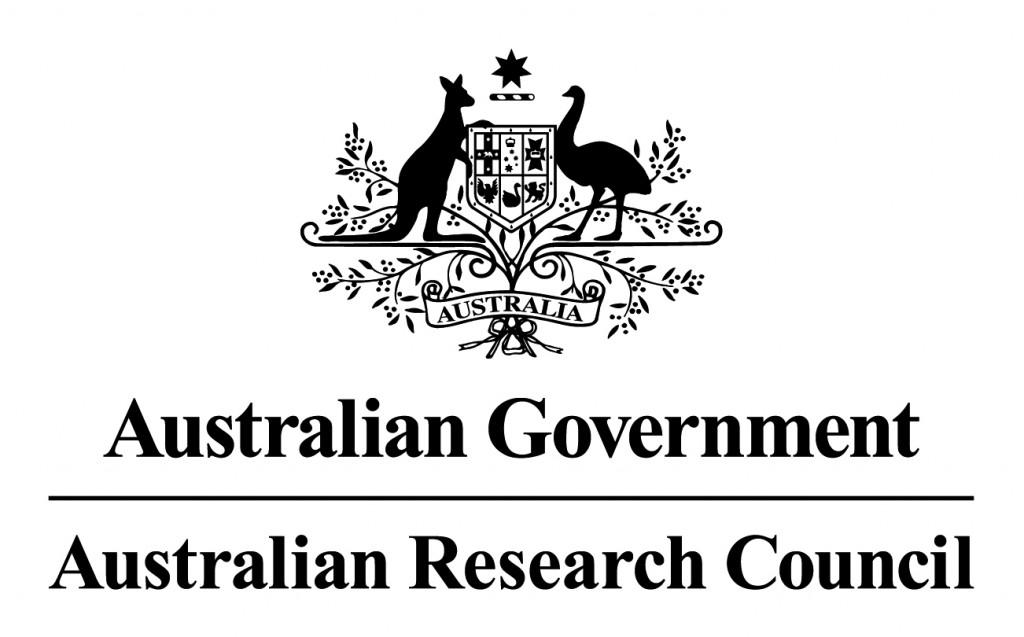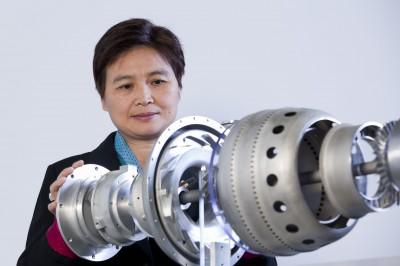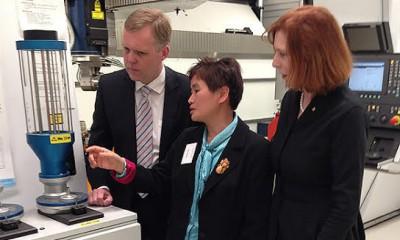Australian Research Hub Opens with $9 Million (AUD) Funding for R&D in High Value Additive Manufacturing
“Through this hub, researchers will work to resolve issues surrounding process optimisation to achieve all required mechanical properties in 3D printed metallic products that can be used commercially for flying or in the body. The aim is help boost Australia’s manufacturing industry by securing markets in high value sectors, such as aerospace and biomedical.” -Professor Xinhua Wu
Australia is ready for a boost, specifically in its manufacturing sector. The country, already seeing great innovations in its rising economy, is poised to optimize use of its natural resources and its leaders in research and development.
Today, November 19, Melbourne opened a new research and development hub that has a focus on 3D printing and its growing place in a broad spectrum of industries. The $9 million (AUD) ARC Research Hub for Transforming Australia’s Manufacturing Industry through High Value Additive Manufacturing will be led by Professor Xinhua Wu, and is a huge collaboration between experts from a variety of fields both academic and industrial. The hub is jointly funded by the ARC — the Australian Research Council — and industrial partners, and is based at Monash University.
 Professor Wu teaches in the Department of Materials Engineering at Monash University, where she brings a valuable international background in aerospace and light metals fields. She came to Australia specifically to head the ARC Centre for Excellence for Design in Light Metals, which is a collaborative research effort between more than 100 researchers based at six universities. Her focus in Australia is on the country’s native titanium deposits, which she sees as the basis for the country’s entry into the global aerospace field.
Professor Wu teaches in the Department of Materials Engineering at Monash University, where she brings a valuable international background in aerospace and light metals fields. She came to Australia specifically to head the ARC Centre for Excellence for Design in Light Metals, which is a collaborative research effort between more than 100 researchers based at six universities. Her focus in Australia is on the country’s native titanium deposits, which she sees as the basis for the country’s entry into the global aerospace field.
“Australia is the largest producer of titanium ore, which makes you think why don’t we actually turn that ore into some product, but what you need is a local pull of manufacturers and the users who need the metal,” she said. “The only thing that can make that happen is if there are innovative manufacturing processes or new materials developed by Australia.”
“People don’t realise that the aerospace industry is very technology-driven, for them it is not just about making a shape with the metal, it is always competing about what is the better material, what is the lighter material, wanting materials to be cheaper but equally as good — it is constant driving on that.”
The research hub will focus on additive manufacturing that uses selective laser sintering (SLS) technology to build components from metal alloy powders. This dovetails neatly with Professor Wu’s focus on Australia’s need to use its titanium ore and to enter the aerospace industry. Additive manufacturing has already shown strong promise for use in aerospace manufacturing, and Professor Wu has already used 3D printing to create a small jet engine.
The Hon Tony Smith MP and ARC Chief Executive Officer Professor Aidan Byrne officially opened the hub today. Along with Monash University, the hub’s partner organizations include Deakin University, the University of Queensland, the Australian Nuclear Science and Technology Organisation, Safran-Microturbo, Metallica Minerals, A.W.Bell, Amaero Engineering, International Seal Company (ISCA) Australia, and Kinetic Engineering Services.
Professor Margaret Gardner, Monash University’s President and Vice-Chancellor, noted, “This initiative will foster research and development projects that could help solve some of the big problems facing our industries today. The support from the ARC and industry partners to create this hub, means cutting-edge research on new technologies with the potential to lead to economic and social transformation is now achievable.”
With this latest investment in additive manufacturing R&D, Australia looks to have a bright future in developing more viable techniques for, especially, 3D printing with metal materials. This research hub may have global implications across the broader aerospace industry, as well as other fields such as biomedical science. Let us know your thoughts on this development in the Australian Research Hub Investment forum thread over at 3DPB.com.
Subscribe to Our Email Newsletter
Stay up-to-date on all the latest news from the 3D printing industry and receive information and offers from third party vendors.
You May Also Like
3D Printing News Briefs, April 13, 2024: Robotics, Orthotics, & Hypersonics
In 3D Printing News Briefs today, we’re focusing first on robotics, as Carnegie Mellon University’s new Robotics Innovation Center will house several community outreach programs, and Ugogo3D is now working...
Rail Giant Alstom Saves $15M with 3D Printing Automation Software 3D Spark
3D Spark has entered into a three-year deal with the rail giant Alstom. Alstom, a transport behemoth with annual revenues of $16 billion, specializes in the manufacture of trains, trams,...
Meltio Expands Global Reach with New Partnerships in the Americas and Europe
Spanish 3D printing manufacturer Meltio has expanded its sales network across the globe. With the addition of three new partners in the United States, Brazil, Argentina, and Italy, Meltio aims...
3D Printing Webinar and Event Roundup: April 7, 2024
Webinars and events in the 3D printing industry are picking back up this week! Sea-Air-Space is coming to Maryland, and SAE International is sponsoring a 3D Systems webinar about 3D...



































